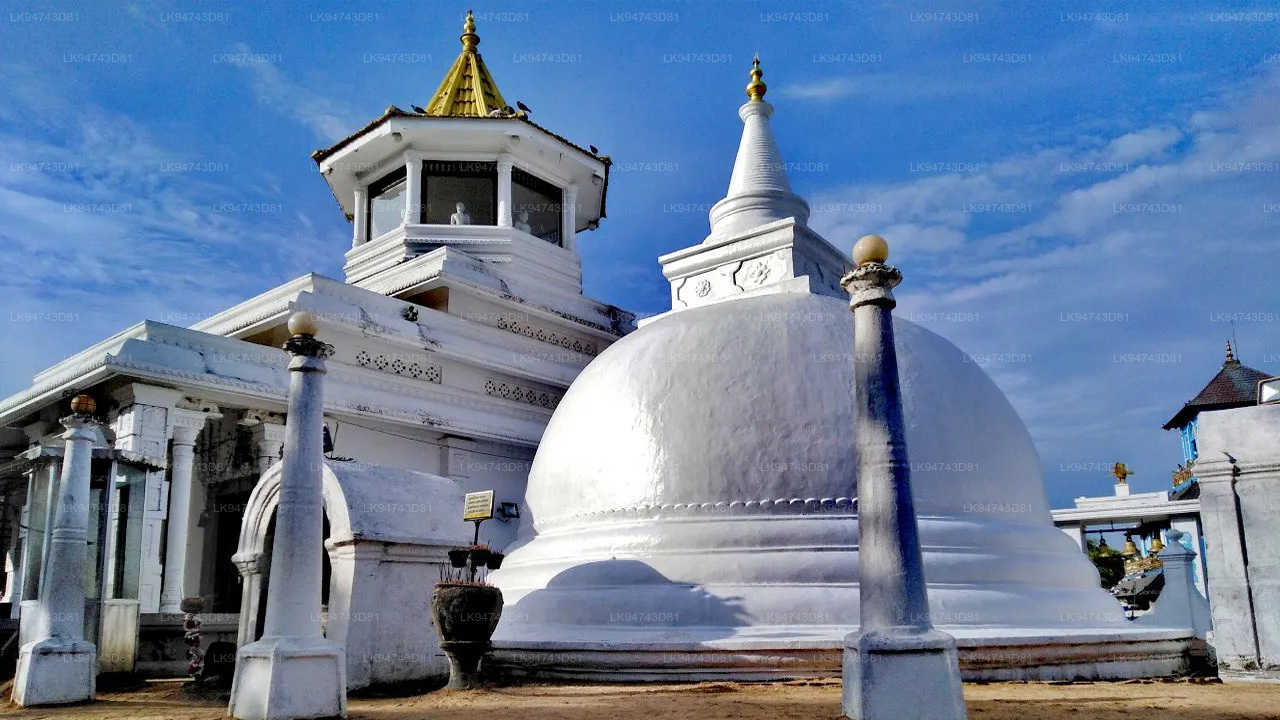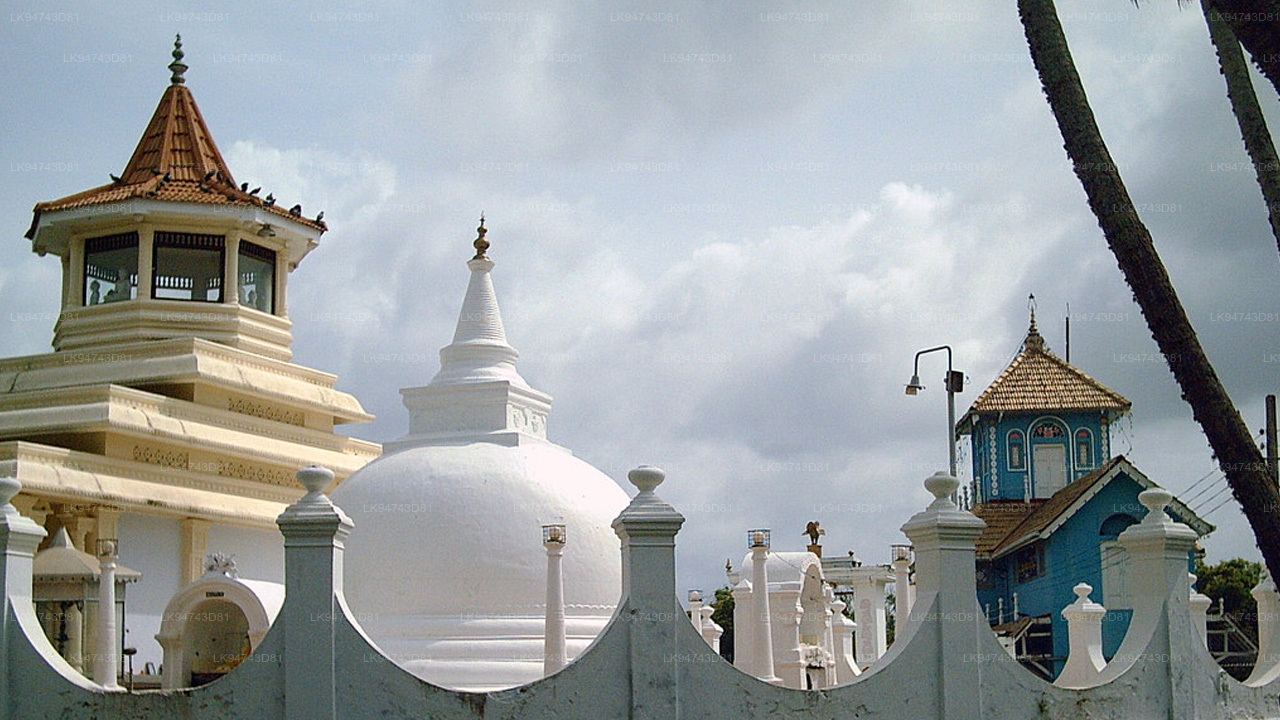Devinuwara ෴ දෙවිනුවර /දෙවුන්දර
Devinuwara (Dondra) is a town on the extreme southernmost tip of Sri Lanka. In the Indian ocean near Matara, Southern Province, Sri Lanka. The Dondra Head Lighthouse, ruins of an ancient Vihara, and several Hindu shrines of Tenavaram are located in the vicinity.
Historically known as Devinuwara temple port town or Dondra (during the 18-20th century) was a historic temple port town complex until the late 16th century. A multi-religious site, its primary deity was the Buddhist god Upulvan known to Hindus as Tenavarai Nayanar (Lord Vishnu) and at its zenith was one of the most celebrated religious sites of the island, containing a thousand statues that may have belonged to the various sects of Hinduism and Buddhism. Dating from the period of Dappula I (659 – 660 A.D.) it was maintained primarily by Sinhalese kings and South Indian merchant guilds that routinely visited the port town during its time as a popular pilgrimage destination and a famed emporium, having extensive contacts with Malabar Coast, Southeast Asia, Northwestern Africa, and Europe.
The Upulvan temple was built on vaulted arches as a three-storied building in the middle of a promontory overlooking the mighty Indian ocean. And it was part of a larger Buddhist monastic complex with several sanctuaries. Patronized by various Sinhalese, Chinese, and possible Tamil royal dynasties and multi-ethnic pilgrims, the Tenavaram temple became one of the most important places of worship. After the renovations by Parakramabahu the II during the 13th century the Upulvan or Vishnu temple got a renovation according to the Chera style of classical Dravidian architecture. This Upulvan temple along with the surrounding Buddhist temple covered a vast area housing shrines to various Buddhist monuments like Sthupa, Bodhi tree shrine, Reclining and Standing Buddha statue shrines, and a large three-storied building for monks of the temple.
In addition, Brahmin priests of the Upulvan temple were established on an Agraharam endowed to them in the nearby Kapugama village. They also had an Alms hall within the premises of the Upulvan (Vishnu) temple. Shrines for many Hindu deities including Lord Ganesha, Lord Shiva, and Goddess Paththini were situated on western and eastern shores adjacent to the central temple. The rediscovered statue images and ruins from these temples belonging to the 7th-15th century CE reflect the high points of Pallava art.







